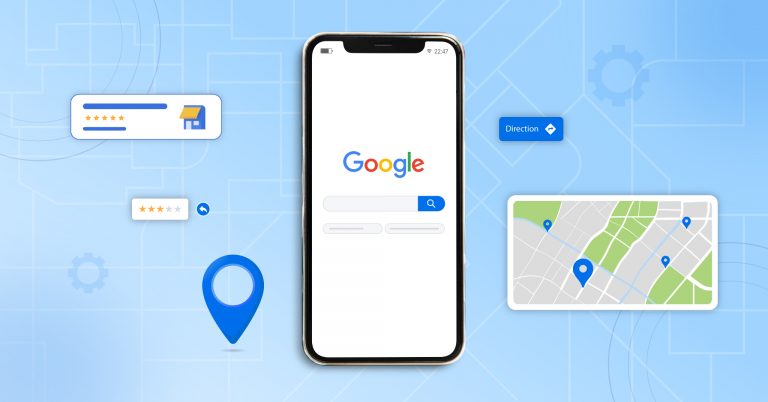Mobile-first indexing is an essential shift that’s completely redefining how local businesses are discovered. If you’re not already prioritizing mobile optimization, you’re likely missing out on significant opportunities. With smartphones now increasingly being visible in the hands of several consumers, it is no surprise that businesses must consider optimization approaches, specifically keeping mobile devices in mind.
To start with, if you have a clear understanding of the nuances of mobile-first indexing, you can utilise it to outpace competitors.
In this blog, we’ll dive into the real, actionable changes mobile-first indexing is driving in local search and why it’s more critical now than ever to pay attention to this shift.
Mobile-first indexing is about how Google now prioritizes mobile content to determine rankings for both mobile and desktop searches. For local businesses like yours, this means the mobile experience your customers have directly impacts your local search rankings.
Google doesn’t only care if your site looks good on a mobile device—it focuses on how well you serve local intent. If your mobile site is slow, has outdated information, or lacks critical details like business hours or contact info, you’re at risk of being outranked by competitors with better-optimized mobile sites.
Optimizing for local mobile search is essential for staying competitive in the market. SingleInterface can help you streamline this process by ensuring your business’s listings and location pages are consistently accurate and mobile-optimized across all digital touchpoints, helping you stay visible in local searches.
Mobile-first indexing is reshaping local search rankings in profound ways.
With mobile searches now dominating local queries, your local rankings depend almost entirely on how well your mobile site is optimized.
By integrating solutions like SingleInterface, you can ensure that all your location-specific data is mobile-optimized and consistent across platforms, improving your chances of ranking higher in mobile-first local searches.
Here’s the truth: Retailers who haven’t taken mobile optimization seriously are falling behind. Mobile-first indexing is the reality of how local businesses must now approach search.

Don’t let these mistakes hold you back from fully utilizing mobile-first indexing for local search:
To stand out in the mobile-first world, here’s a quick rundown of best practices to ensure your local search efforts are in line with Google’s mobile-first indexing:
The key is to optimize for local intent. Given that several digital consumer activities are on mobile, it is critical to optimize approaches keeping the device in mind. Businesses that get this right will not only rank higher but will also attract more foot traffic.
Adapt, optimize, and make mobile-first indexing work for you—because if you don’t, your competitors will.
Ready to optimize your mobile presence and stay ahead of the competition? Contact us today to learn how we can help you enhance your digital presence and improve your local search rankings.